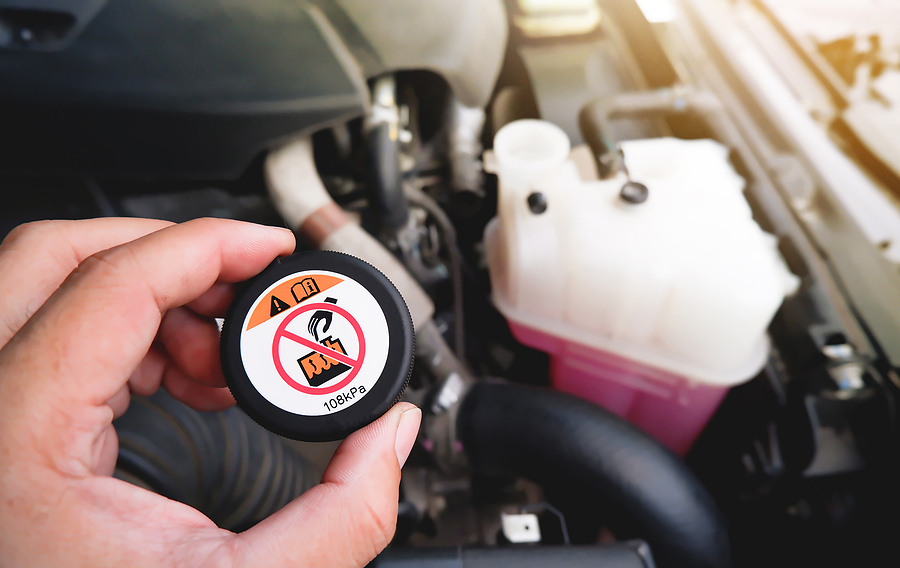A clogged up radiator is not something you want to drive around with. Not only can it be damaging to several internal components of your vehicle, including your engine, but it can also pose several safety hazards to you and your passengers, not-to-mention, waste fuel. And with the price of gas these days, you don’t want to waste even a drop of fuel!
Do you suspect that your vehicle might have a clogged radiator? Fortunately, the signs are easy to spot. Continue reading to learn how to check for radiator clog, plus where to get cheap radiator repair services near you.

Car Radiator Problems
The radiator in your car is designed to regulate the internal temperatures of your engine. The engine creates high levels of heat and friction, which can melt and corrode the internal parts of your engine block, pistons, gaskets, spark plugs, and more without proper levels of radiator fluid, also known as coolant or anti-freeze. For this reason, it is important to regularly refill your radiator fluid to ensure that your engine temperature is properly regulated as you drive.
Cracks in the radiator and other radiator damages, such as clogs, can cause serious disruptions in radiator performance because it does not allow the coolant to run through the engine and absorb the excess heat. Once the coolant reaches the radiator, the radiator cools it down so that it can be used again to regulate the temperature of the engine. The radiator fluid follows this cycle as you drive to control the temperatures of the engine.
DIY Guide to Checking for a Clogged Radiator
Below are the steps to follow if you wish to identify and diagnose a clogged radiator on your own. Ultimately, it is important that you take your car into an Indianapolis automotive repair shop for radiator repair and service. This will ensure that your vehicle is optimized in terms of safety and performance.
Begin with a cool engine. Before attempting to diagnose a clogged radiator.
Once you know you are working with the cool engine, pop the hood, latch it in place, then locate and remove the cap to the radiator reservoir.
Next, start your vehicle. You will need to wait a couple of minutes for the thermostat to open up. While standing there, be ready to make your observations.
After two minutes or so, the coolant should be circulating. Using a flashlight, look into the radiator. If the coolant flow looks even and balanced, you probably do not have a clogged radiator. However, if you notice that the coolant flow looks unsteady or imbalanced, it is indicative of a clogged radiator.
Whether the coolant looked even or not, use this next method to check if you have radiator clock. You will need a partner to lightly rev the car engine while you gently squeeze the radiator hose. If the hose stiffens as your friend revs the engine, it is suggestive of a radiator clog.
Are you looking for an affordable Indianapolis automotive mechanic who can help you solve your vehicles fuel inefficiencies and maintenance problems? Contact Northeast Auto Service at 317-475-1846 for professional, ASE-licensed radiator repair services in Indianapolis, Indiana. Check out our auto shop coupons, too!
Related Posts:
Top 4 Signs Your Car Needs Radiator Repair
6 Signs That Suggest You Need Alternator Repair
Do I Have to Repair a Check Engine Light?
